-
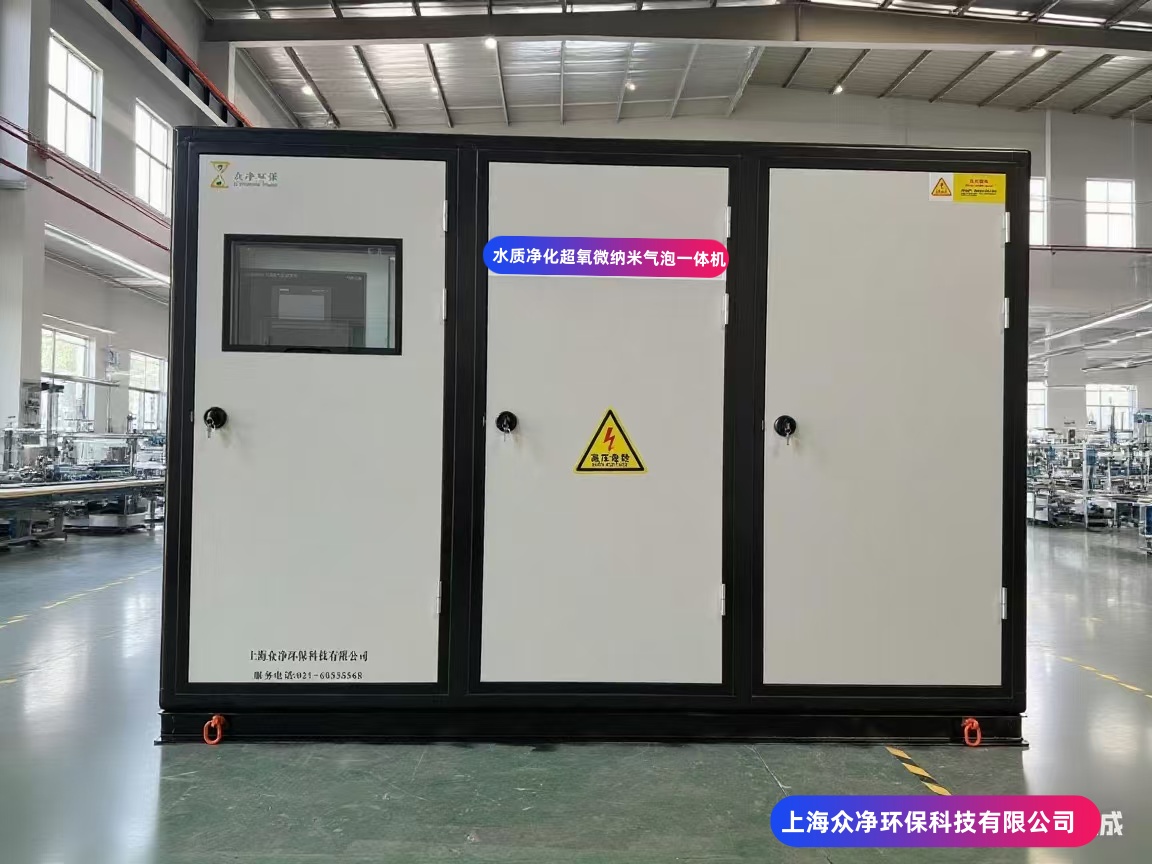
Advantages of Coupling Ozone with Micro/Nano Bubble Generators in Advanced Oxidation Technology
2025-12-23 11:56:07
The advanced oxidation technology coupled with ozone (O₃) and micro-nano bubble generators is a synergistic process that leverages the unique physicochemical properties of micro-nano bubbles to enhance ozone mass transfer efficiency and oxidation capacity, thereby achieving efficient degradation of pollutants in water or exhaust gases.
-
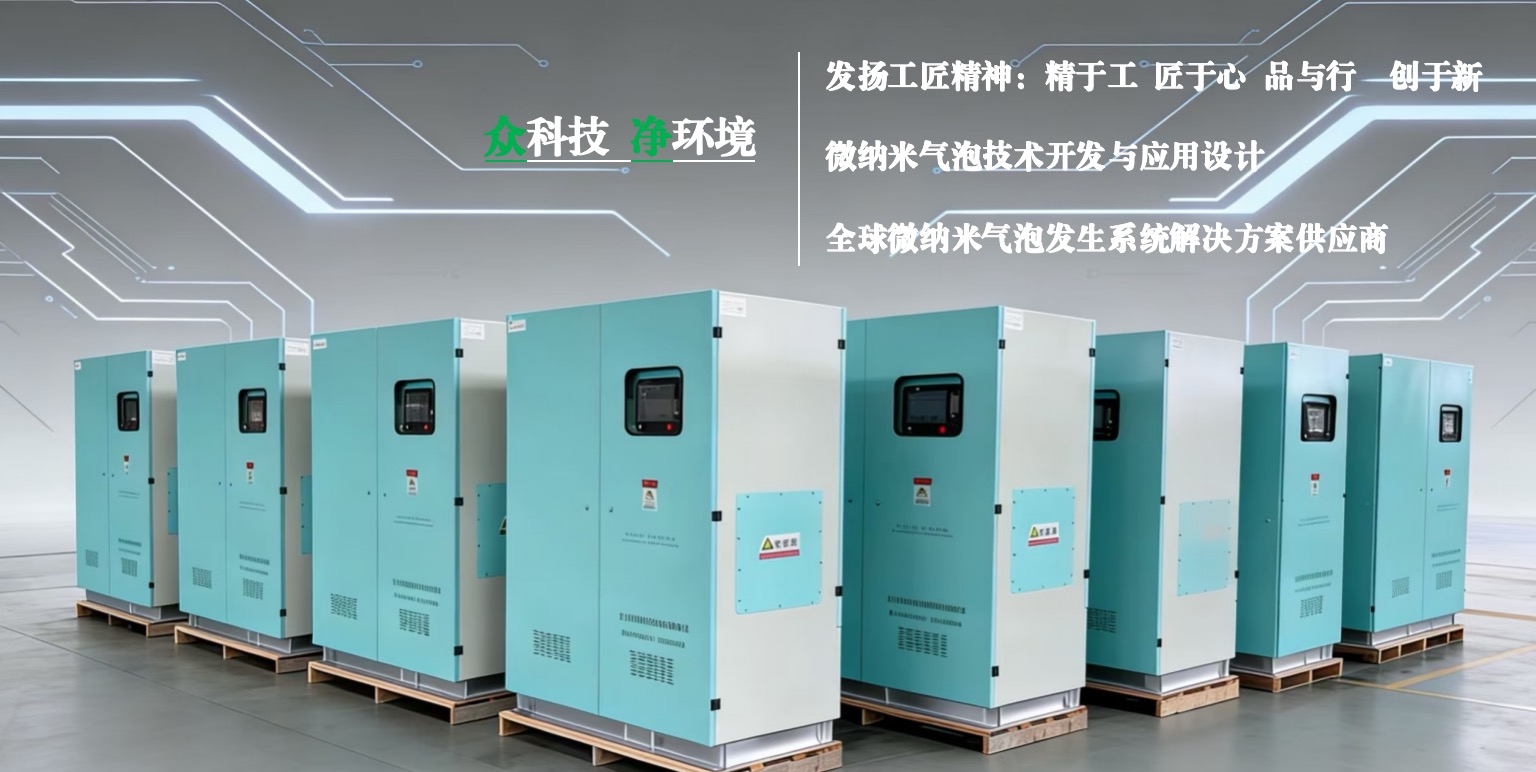
Application of Micro/Nano Bubble Cleaning Technology in the Ultra-Clean Semiconductor Cleaning Field - Shanghai Zhongjing
2025-12-13 04:28:31
Micro/nano bubbles, with their small volume and large specific surface area, can easily penetrate the fine gaps and pores of semiconductor chips. By leveraging the high-frequency vibrations induced by bubble movement and bursting, combined with the free radical reactions generated during bubble implosion, they can efficiently remove surface contaminants such as dust, oil, photoresist, and metal pollutants. Compared to traditional methods, the cleaning time is reduced from 5 minutes per cycle to 2 minutes per cycle, shortening the process time by more than 1/4. For instance, in post-IC manufacturing processes, this technology can significantly enhance cleaning effectiveness when applied in photoresist solvent solutions.
-
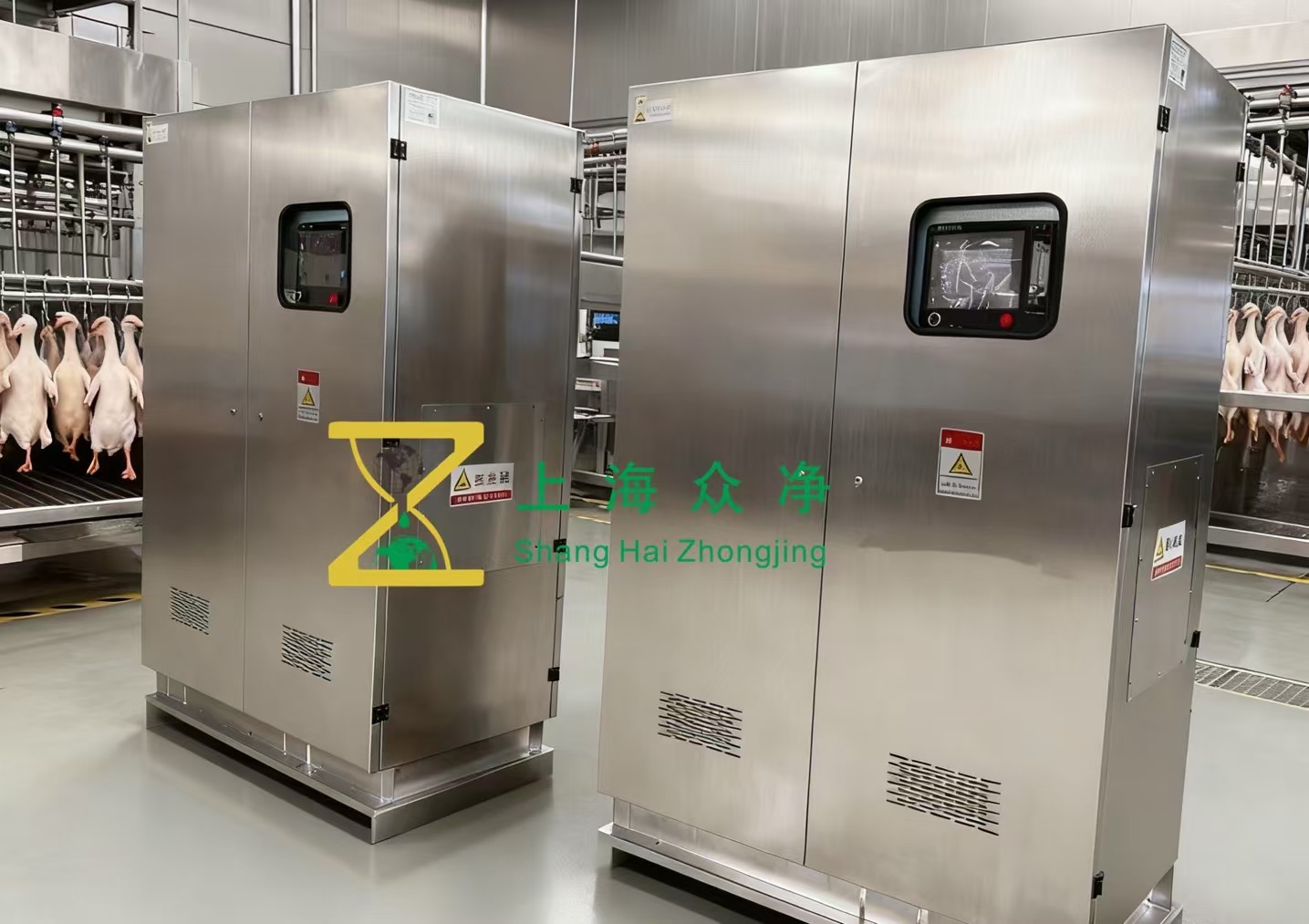
Application of Ozone Micro Nano Bubble Technology in Meat Processing Cleaning, Deodorization, Sterilization, and Preservation - Shanghai Zhongjing
2025-11-25 06:37:47
Clean the micro nano bubble generator, remove fishy odor, use the superoxide micro nano bubble device, sterilize the micro nano bubble generator, and use micro nano bubble technology for preservation
-

Micro-nano bubble irrigation technology for strawberry cultivation and its advantages
2025-11-25 04:33:04
Nano bubble technology adopts core technologies such as multiphase fluid vortex cutting. Firstly, gases such as air, oxygen, or ozone are introduced into the irrigation water, and then the bubbles in the gas-liquid mixture are finely chopped through high-speed vortex cutting, ultimately forming micro nano bubbles with a particle size of 10-100nm. These bubbles have the characteristics of long residence time and a dissolution rate of over 95%. They can be evenly dispersed in irrigation water and can accurately act on the soil environment of strawberry roots. At the same time, the equipment supports stepless adjustment of parameters such as gas flow rate and bubble particle size, adapting to the needs of different growth stages of strawberries
-
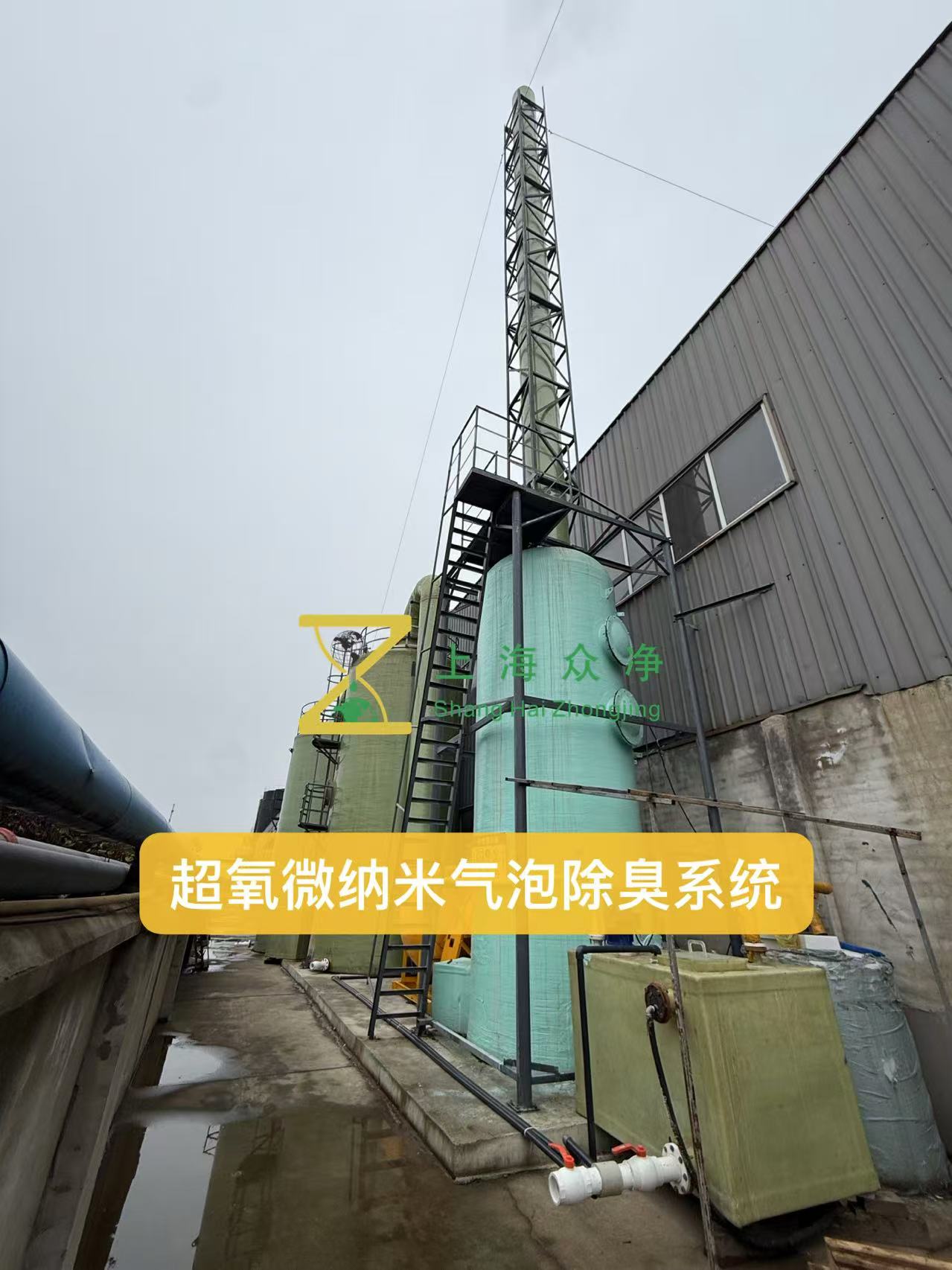
Application of Superoxide Nanobubble Hydroxyl Radical Oxidation Technology for Treating Drying Exhaust Gases from Pulp and Paper Mills
2025-11-15 04:48:29
-
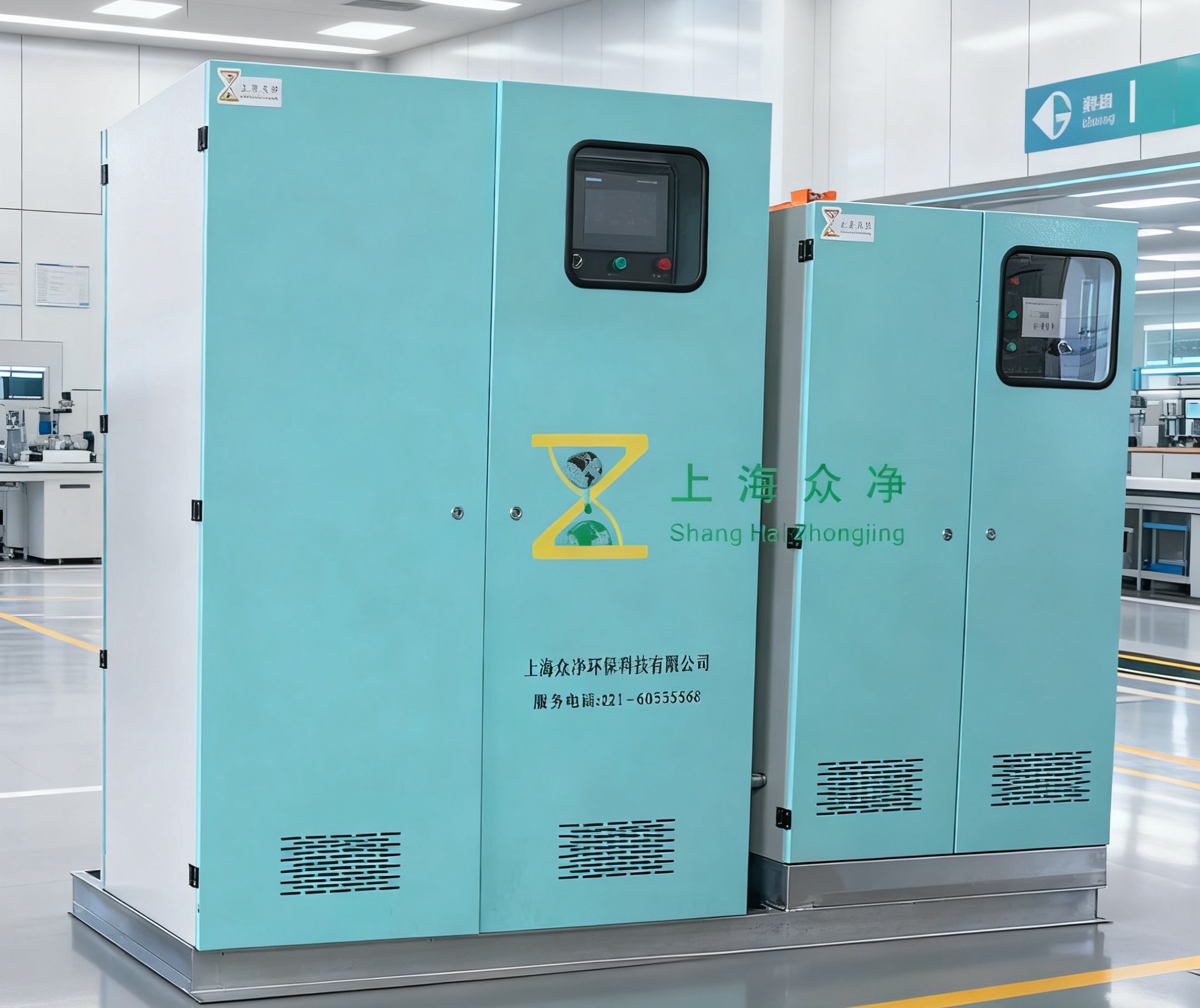
ZJC-NM Series Micro-Nano Bubble Generator
2025-11-06 11:06:39
Shanghai Zhongjing holds multiple patented technologies in the field of micro-nano bubble technology, and its products have obtained certifications such as CMA, CE, ISO, and disinfection certifications. The company's products have received numerous national patents, and its brand clients include renowned enterprises and university research institutions such as CNOOC, Peking University, Tsinghua University, Fudan University, and Shanghai Jiao Tong University.
-
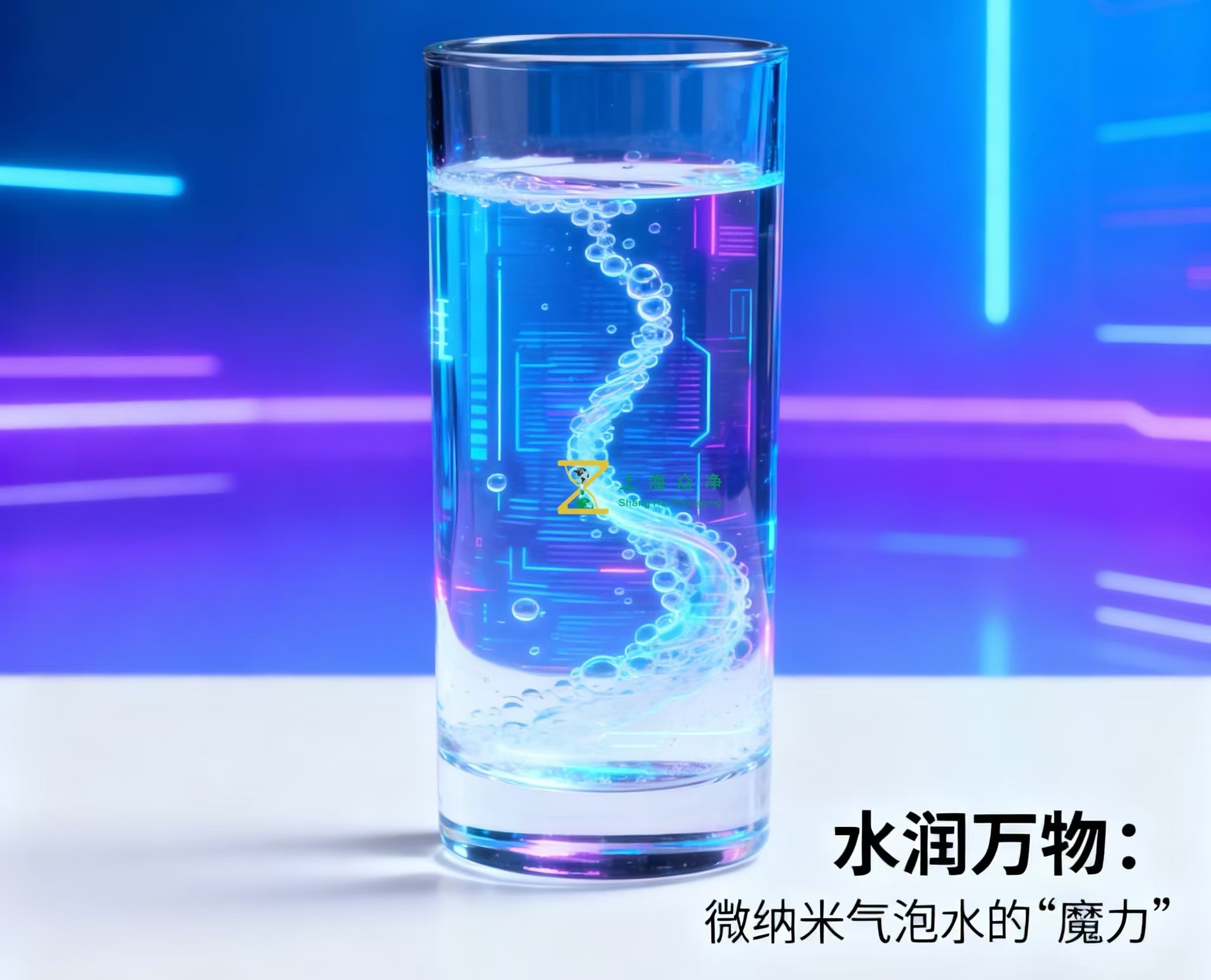
The Advantages of "Water Nourishes All Things" Micro-Nano Bubble Technology in the Agricultural Sector
2025-10-23 03:03:33
When micro nano bubbles rupture, a small amount of hydroxyl radicals (· OH) are generated, which can oxidize and decompose some pathogens and harmful organic matter. This can reduce the incidence of crop diseases, decrease the use of chemical pesticides, and promote the development of green agriculture
-
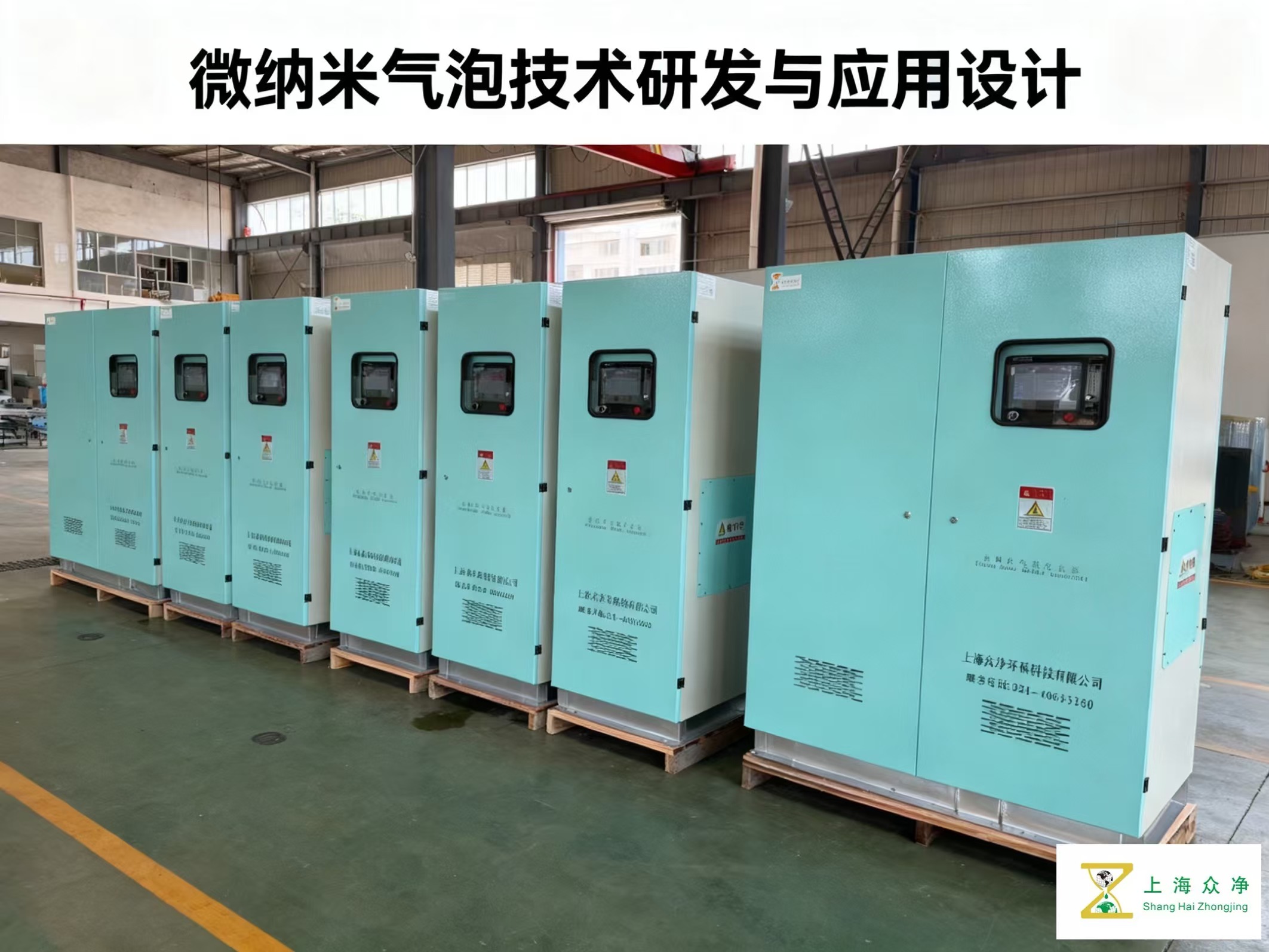
Rapid Odor Removal and Sludge Drying Exhaust Gas Treatment: Integrated Active Oxygen Micro-Nano Bubble System - Shanghai Zhongjing
2025-10-18 04:46:55
The active oxygen components in superoxide micro nano bubbles have active chemical properties. When they rupture, they instantly generate energy and a large amount of oxygen ions, forming highly oxidizing hydroxyl radicals that can quickly react with harmful substances such as ammonia, hydrogen sulfide, thiols, volatile organic compounds, etc. in exhaust gas, converting them into harmless substances. In addition, micro nano bubbles have extremely small diameters, large specific surface areas, slow rising speeds, and long residence times in water. They can significantly increase the contact area between gas and liquid, improve mass transfer efficiency, and allow reactive oxygen species to more fully contact and react with pollutants in exhaust gas.
-
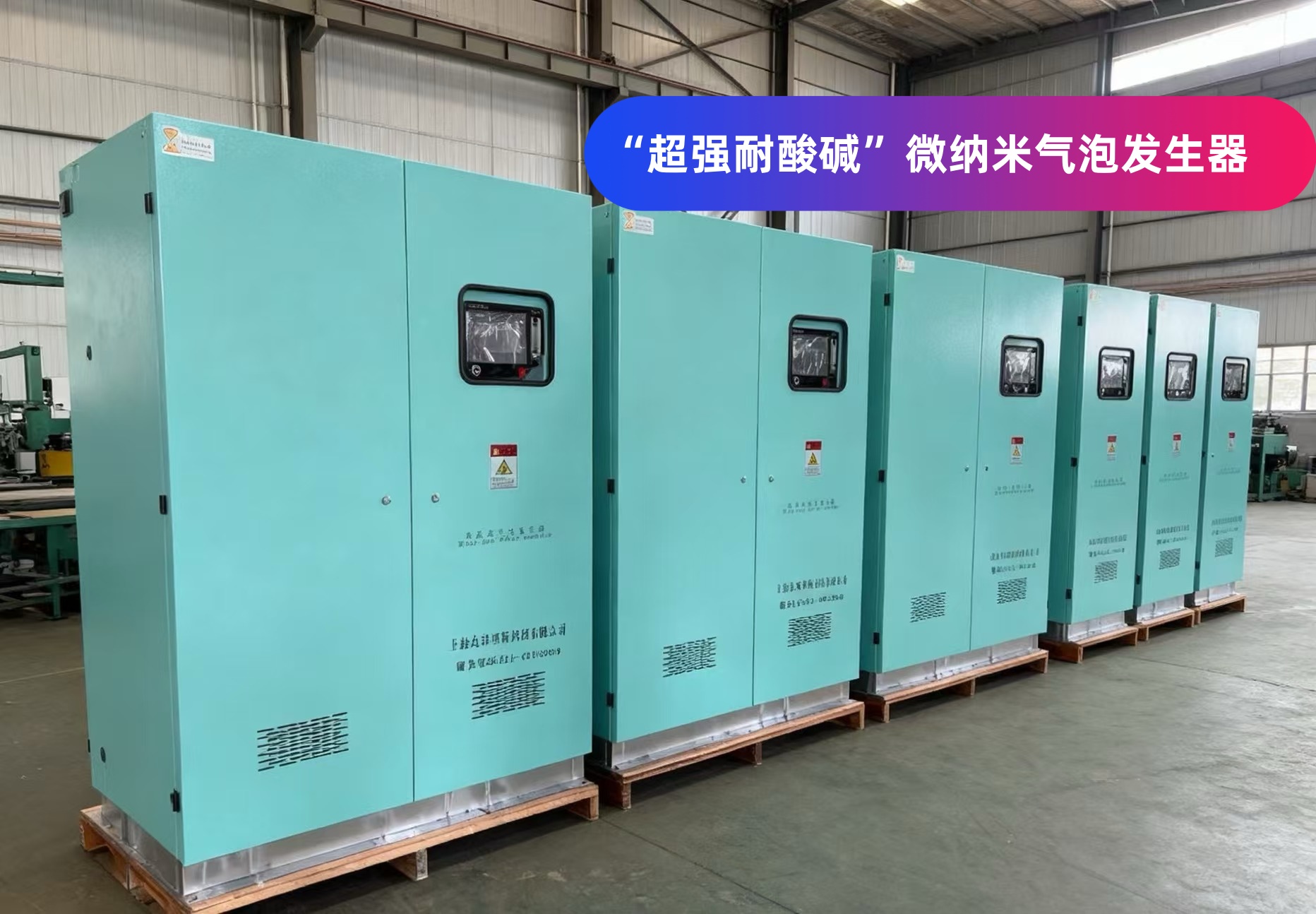
Application Areas of Strong Acid and Alkali Resistant Micro-Nano Bubble Generator - Shanghai Zhongjing
2025-10-09 04:27:44
The Shanghai Zhongjing ultra-strong acid and alkali-resistant micro-nano bubble generator, with its outstanding anti-corrosion performance and stable micro-nano bubble generation capability, focuses on extreme corrosive environments while extending to multiple fields. Specific application scenarios can be categorized as follows, covering key areas such as industry, environmental protection, and healthcare
-

Micro nano aerator technology for water treatment has significant advantages in the field of water treatment
2025-09-20 03:35:18
Shanghai Zhongjing Micro Nano Aeration Machine supports small-scale and high-precision aeration volume adjustment, meeting the aeration intensity requirements of different water samples and avoiding the problem of difficult control of aeration volume in traditional equipment. Stable and consistent bubble parameters: capable of generating uniformly sized micro nano bubbles with micrometer level accuracy, ensuring consistent key parameters such as bubble specific surface area and dissolved oxygen rate in each experiment, and guaranteeing the accuracy and comparability of experimental data. Efficient and energy-saving: Compared with traditional aeration technology, this technology can more effectively dissolve gas in liquid, improve gas utilization efficiency, and thus reduce energy consumption.



 Home
Home

